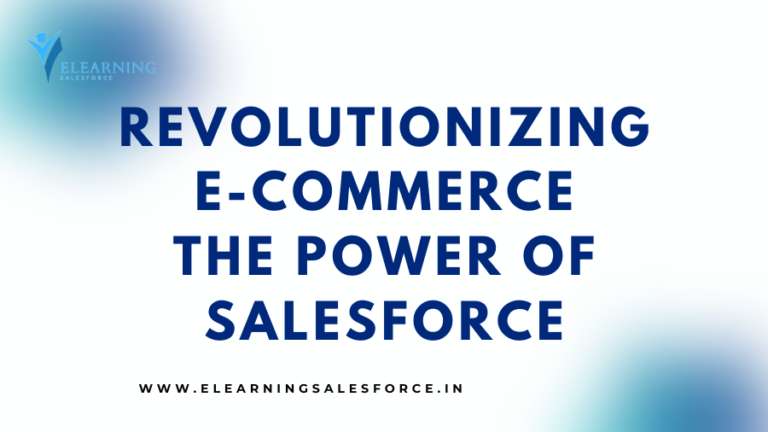Introduction: In the realm of customer relationship management (CRM), data security is paramount. Salesforce, a leading CRM platform, understands the significance of maintaining data integrity and offers robust features to control access to individual records. In this blog post, we’ll delve into the world of record-level access control in Salesforce, uncovering how it enables organizations to safeguard sensitive information, comply with regulations, and foster a culture of trust.
Unveiling Record-Level Access Control
Record-level access control in Salesforce is all about managing who can view, edit, or delete specific records within objects. By finely tuning access permissions at the record level, organizations can ensure that users only interact with the data that aligns with their responsibilities.
Components of Record-Level Access Control
- Profiles: Profiles determine the baseline level of access a user has to objects and records within Salesforce.
- Permission Sets: Permission sets allow administrators to extend record-level access to specific users beyond their profile settings.
- Roles and Hierarchies: Roles establish a hierarchical structure that influences data visibility. Users higher in the hierarchy can access the data of users lower in the hierarchy.
- Sharing Rules: Sharing rules extend access to specific records to users who wouldn’t typically have access based on their role hierarchy.
- Manual Sharing: Administrators can manually share specific records with individual users or groups on a case-by-case basis.
Benefits of Record-Level Access Control
- Data Confidentiality: By controlling who can access specific records, organizations can ensure that sensitive information remains confidential and secure.
- Compliance: Record-level access control aids organizations in complying with data protection regulations by controlling access to sensitive data.
- Data Integrity: Prevent unauthorized modifications or deletions, preserving the accuracy and reliability of your data.
Implementing Record-Level Access Control
- Profile Configuration: Configure profiles with appropriate access permissions based on users’ roles and responsibilities.
- Permission Sets: Assign permission sets to grant additional access to specific records, ensuring users have the necessary privileges to perform their tasks.
- Role Hierarchy: Establish a role hierarchy that reflects your organizational structure and data access needs.
- Sharing Rules: Create sharing rules to extend access to specific records beyond the default role hierarchy.
- Manual Sharing: In exceptional cases, use manual sharing to grant access to individual users or groups for specific records.
Best Practices for Effective Record-Level Access Controls
- Role Mapping: Clearly map out roles and responsibilities to determine appropriate levels of record access.
- Regular Audits: Periodically review and adjust role hierarchy, sharing rules, and manual sharing settings to accommodate changes in organizational structure or access needs.
- Least Privilege Principle: Adhere to the principle of least privilege, granting users access only to the records necessary for their tasks.
Conclusion
Record-level access control within Salesforce equips organizations with the tools needed to manage data visibility, safeguard sensitive information, and uphold compliance with data privacy regulations. By thoughtfully configuring profiles, permission sets, roles, and sharing rules, administrators can ensure that data remains secure and accessible only to authorized users. This level of control fosters a culture of trust among users, ensuring that each individual interacts with data in a responsible and accountable manner. Embrace record-level access control as a crucial component of your data security strategy within Salesforce, and watch as your organization reaps the benefits of heightened data integrity and security.




